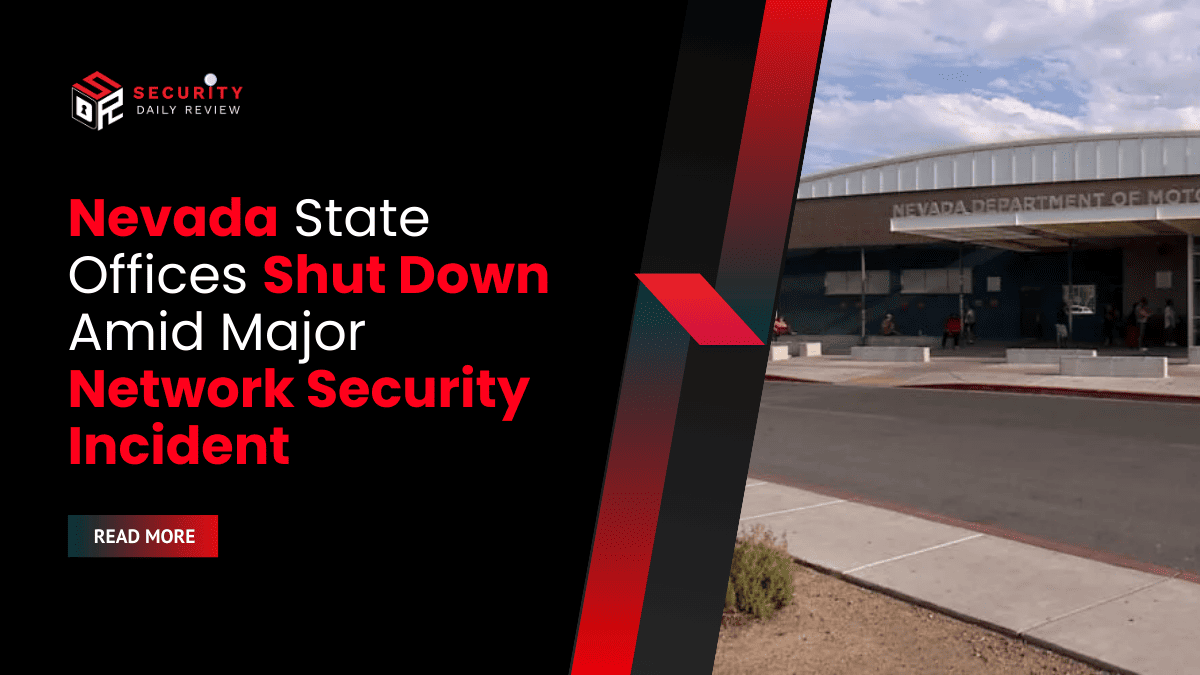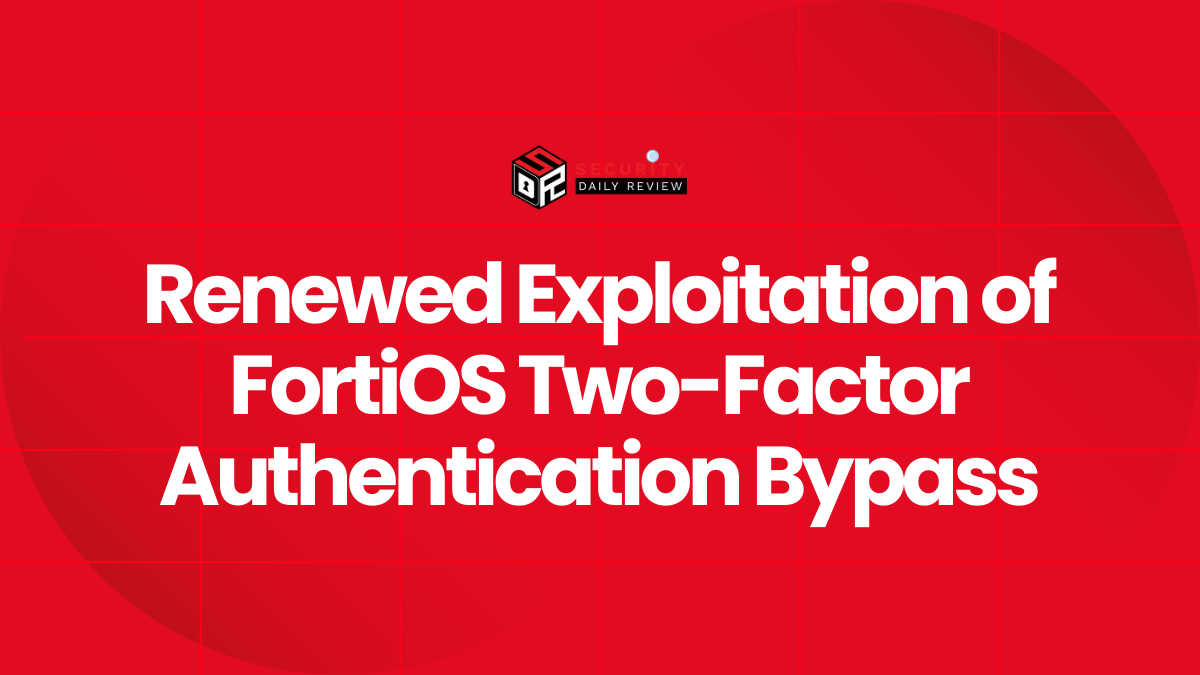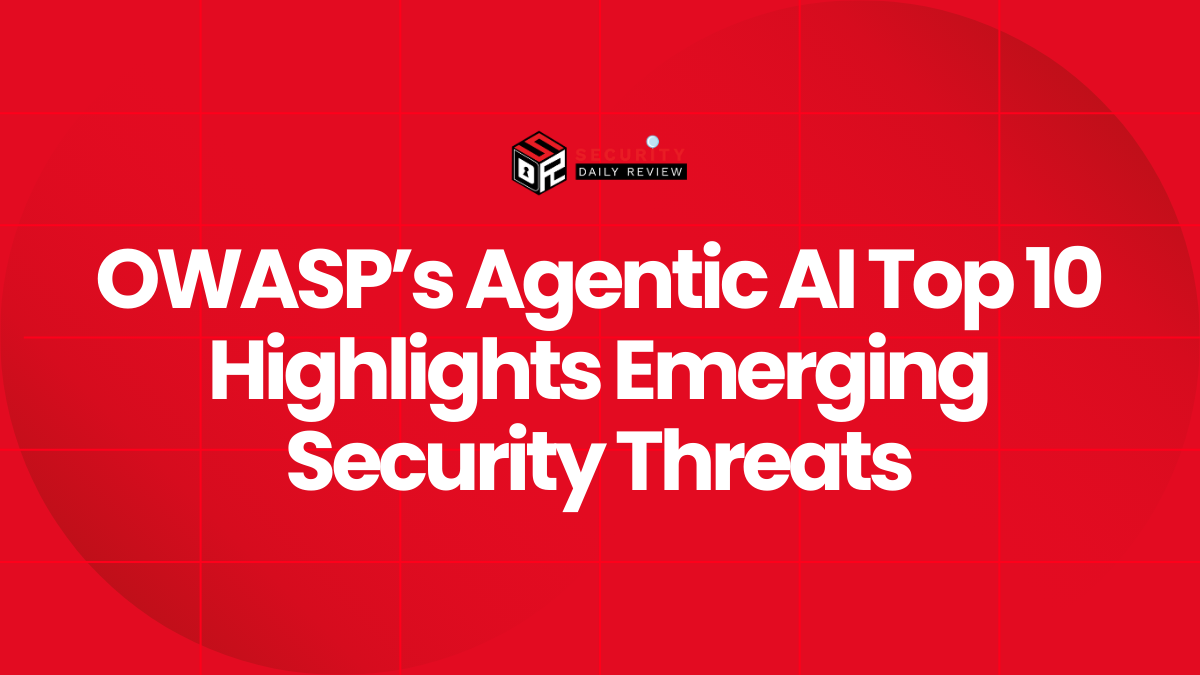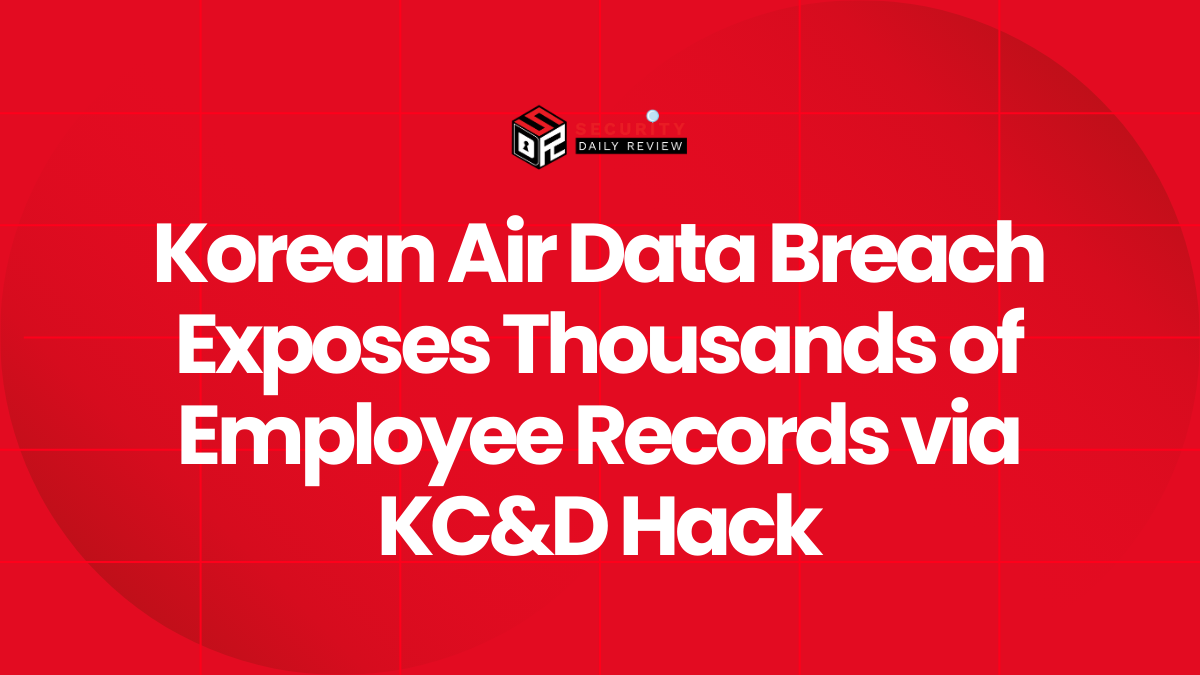A major network security incident has forced widespread shutdowns across Nevada’s state government, taking key websites offline and suspending in-person services for thousands of residents. Though full technical details remain undisclosed, early assessments suggest a potentially large-scale cyberattack, with evidence pointing toward a ransomware event. As federal and state teams race to contain the disruption, officials confirm that emergency services remain operational and that no personal identifying information has been compromised to date.
Nevada State Government Shuts Down In-Person Services Amid Apparent Cyberattack
On the morning of August 25, 2025, Nevada state agencies were plunged into digital darkness after a network security incident disrupted critical IT infrastructure.
Agencies experienced outages in phone systems, online portals, and operational networks statewide, including those used by the Nevada Highway Patrol, the Department of Public Safety, and the governor’s office. In response, the state paused in-person services, and several official websites—most notably NV.gov and the Department of Public Safety’s page—became unreachable.
The disruption started early Monday morning and has resulted in impacts still felt into the following day. The Governor’s Office of Technology quickly revised its initial diagnosis—from a general network issue to a verified security incident—as symptoms escalated.
Federal and State Authorities Mobilize to Assess and Contain the Threat
Coordinated Incident Response with CISA and FBI Support
The U.S. Cybersecurity and Infrastructure Security Agency (CISA) is actively involved in Nevada’s recovery efforts, working alongside state authorities. The Federal Bureau of Investigation (FBI) is also supporting the investigation to identify the cause and scope of the security event.
According to Nevada Governor Joe Lombardo’s office, although the exact nature of the attack has not been officially disclosed, it exhibits hallmarks consistent with a ransomware incident. These include:
- Widespread disruption across multiple agencies
- Inaccessibility of public-facing services and communication lines
- Suspension of non-emergency, in-person government services
Despite the severity of the outage, emergency services—including the 911 system—have remained fully operational throughout the incident.
Operational Impact Spreads Across Multiple State Agencies
Government Services Approach a Standstill
Agencies across Nevada, including the Nevada State Police and the Nevada Highway Patrol, reported outages over the weekend and on Monday. Although some services—such as police dispatch lines—have since been restored, others remain offline or are functioning intermittently.
The following areas have experienced notable disruptions:
- Phone and web service interruptions at Nevada State Police and Highway Patrol
- Outages at the Nevada Department of Public Safety website
- Inaccessibility of the governor’s website and NV.gov, the state’s main digital portal
- Impacted internal communications across state offices
In-Person Government Access Suspended
To prioritize cybersecurity remediation efforts, all non-essential in-person state services were suspended. The State of Nevada advised residents that online services and phone lines may continue to show slow or inconsistent performance as the recovery continues.
The Governor’s Office of Technology is leading technical efforts to restore uptime, cautioning the public to anticipate sporadic accessibility issues. Residents needing state services are urged to wait or retry later, as the recovery timeline remains uncertain.
No Indications of Data Breach, but Caution Urged
Amid speculation about the nature of the incident, Governor Lombardo’s office reinstated public confidence by stating there is, so far, no evidence that Nevadans’ personal identifying information has been accessed or compromised.
However, state leaders are encouraging citizens to remain alert for suspicious digital activity, noting a critical rise in social engineering tactics following past cybersecurity incidents.
“As a precaution, Nevadans should be wary of unsolicited phone calls or emails requesting sensitive personal information. The state government will not ask for such data through these channels,” the governor’s communication advised.
This proactive alert suggests risk management is a key focus even if no data compromise has been confirmed. It also signals an effort to mitigate any secondary threats that could capitalize on the disruption.
Broader Implications for State-Level Cybersecurity Defenses
A Possible Precedent for Future Attacks
The Nevada network security breach may serve as a high-profile case study in the vulnerabilities of state governments to targeted cyber threats, especially ransomware. Public sector networks—often underfunded and complex due to decades of siloed digital infrastructure—have continued to be attractive targets for cybercriminals seeking disruption or extortion.
Cybersecurity Strategy Questions Loom Large
Although no attribution has been made, the coordination between CISA, the FBI, and the state suggests concern over the scope and sophistication of the attack. Investigators are likely to focus on attack vectors such as:
- Phishing-based initial access
- Vulnerabilities in legacy or misconfigured systems
- Compromise of administrative credentials
Currently, Nevada officials have not confirmed whether an actual ransomware demand has been received. However, the nature of the shutdown and the ongoing impacts are consistent with tactics aimed at rendering services unusable to pressure victims into payment.
As incidents like these highlight persistent gaps in cyber defense, CISA is expected to promote wider adoption of state-level incident response plans, Zero Trust architectures, and multi-agency coordination protocols.
Recovery in Progress, But Questions Remain
The Nevada cyberattack underscores the operational fragility of public-sector IT systems when confronted by a well-executed network security breach. While the absence of confirmed data exfiltration offers relief, the financial and logistical toll of the incident will likely be significant.
In the coming days, further clarity will be needed around:
- The root cause of the attack
- Whether ransomware was used
- Which assets or data sets were targeted
- How future state-level cyber defenses will adapt
Until then, Nevadans—and state governments nationwide—are left to reflect on the rising threat of coordinated cyberattacks on critical public infrastructure.









